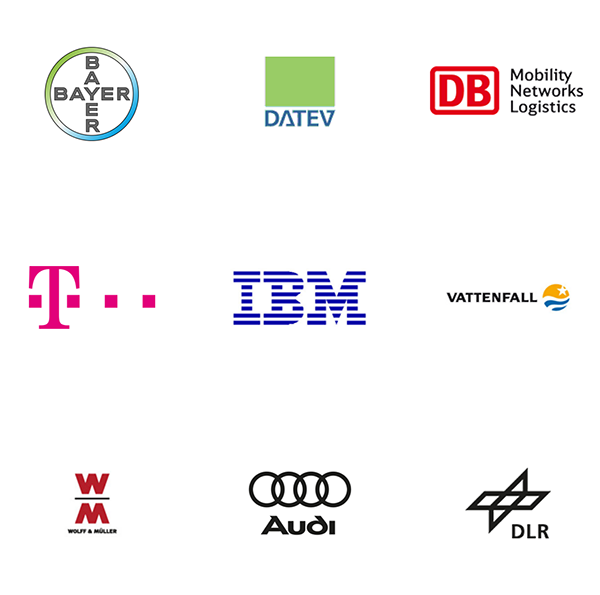Our free career services for you
- Social Media Profile Check
- Application portfolio check
- Video interview training / job interview training
- Individual career interview




One method that can help you give appealing and well-structured answers in an interview is the so-called STAR technique. "STAR" stands for Situation, Task, Action and Result. If you adhere to the structure of this model, you can convey the most important information with your answer without going too deep into details.
Many questions in job interviews (especially competence-based ones) aim at making you prove the skills mentioned in your CV. The STAR technique is an excellent way of dealing with such questions and providing the interviewer with the information he or she needs without straying from the subject. For instance:
“You mention here on your CV that you have excellent verbal communication skills. Can you describe a time these skills were put to the test?”
Firstly, set the scene so that the interviewer can understand why your skills were needed in this situation:
“When I was working at X, the company launched a brand new product which should be presented to our customer's marketing manager.“
If you answer questions in interviews adhering to the STAR technique, you will not digress. In addition, your structured answers will tell the interviewer a story and thus maintain interest.
Furthermore, the STAR technique helps you to direct your thoughts fully to the question asked. This leads to a more informative and significant answer and consequently to a much more satisfied interviewer. If you practise the technique before the interview and prepare some scenarios, you will automatically internalise all your skills and professional successes. This will give you extra confidence.
Before the interview, take another look into your CV and deal with the different types of questions your interviewer is likely to confront you with. Practice adhering to the STAR technique when giving your answers. Always keep the structure of the technique in mind – especially once you are in the room where the interview will take place. Then you can answer every question comprehensively without digressing and prove that you are suitable for the respective role.
A video interview is a type of job interview in which the applicant talks to a recruiter via video chat. The conversation can take place either in real time or after a time delay. The synonyms for a video interview include online job interview, online interview, digital job interview, online job talk, digital interview and virtual job interview.
In a time-delayed video interview, the applicants are provided with a list of questions beforehand and have a certain amount of time to record and transmit their answers.
Another alternative is the so-called video pitch. This is a short presentation which the applicant records and sends to the company. It is a question of presenting yourself concisely and convincingly within a short time, and highlighting your own skills and experience. The video pitch is frequently used as a supplement to the CV and cover letter method, and can help applicants to be shortlisted more quickly.
![]()
![]()
![]()
We would be happy to take over the job search for you and give you the opportunity to get to know different industries and new technologies.

